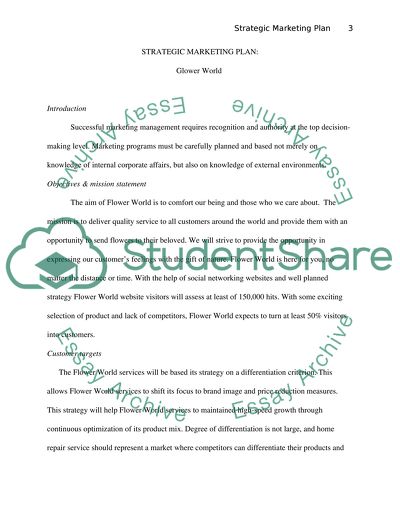Cite this document
(“Strategic Marketing Plan: Flower World Term Paper”, n.d.)
Strategic Marketing Plan: Flower World Term Paper. Retrieved from https://studentshare.org/marketing/1528733-strategic-marketing-plan-essay
Strategic Marketing Plan: Flower World Term Paper. Retrieved from https://studentshare.org/marketing/1528733-strategic-marketing-plan-essay
(Strategic Marketing Plan: Flower World Term Paper)
Strategic Marketing Plan: Flower World Term Paper. https://studentshare.org/marketing/1528733-strategic-marketing-plan-essay.
Strategic Marketing Plan: Flower World Term Paper. https://studentshare.org/marketing/1528733-strategic-marketing-plan-essay.
“Strategic Marketing Plan: Flower World Term Paper”, n.d. https://studentshare.org/marketing/1528733-strategic-marketing-plan-essay.


